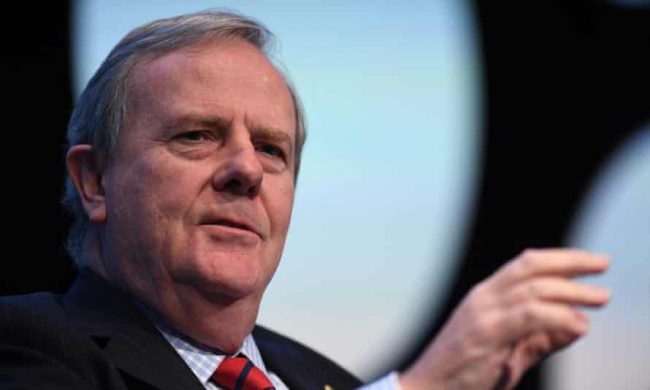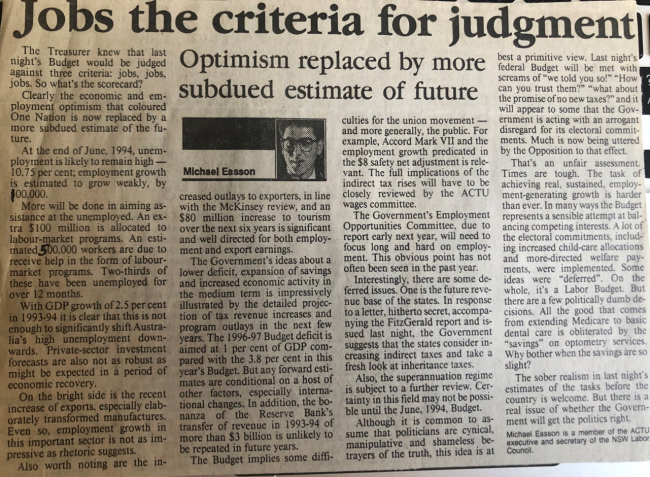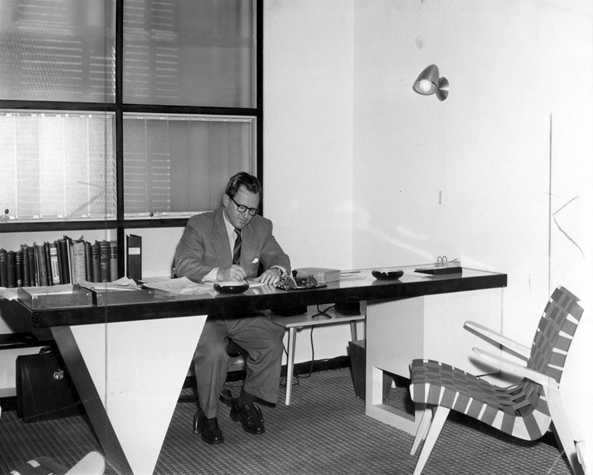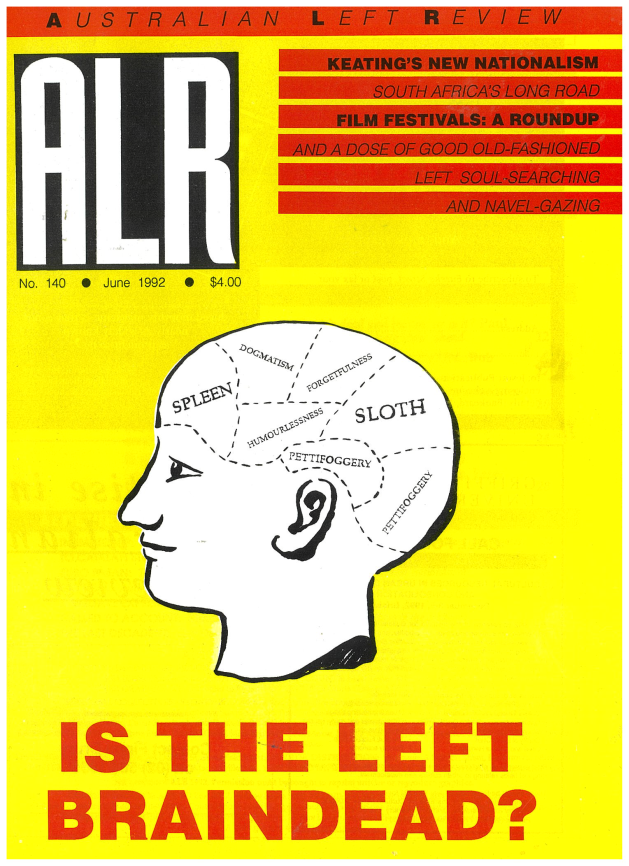(1994) Greiner: Answer to Lib Prayer?
A light is dimming in Tony Staley’s mind that an outsider may be the best bet for the Federal Liberal Party leadership. This must now be reckoned a serious option even if the chances of its realisation seem remote.










